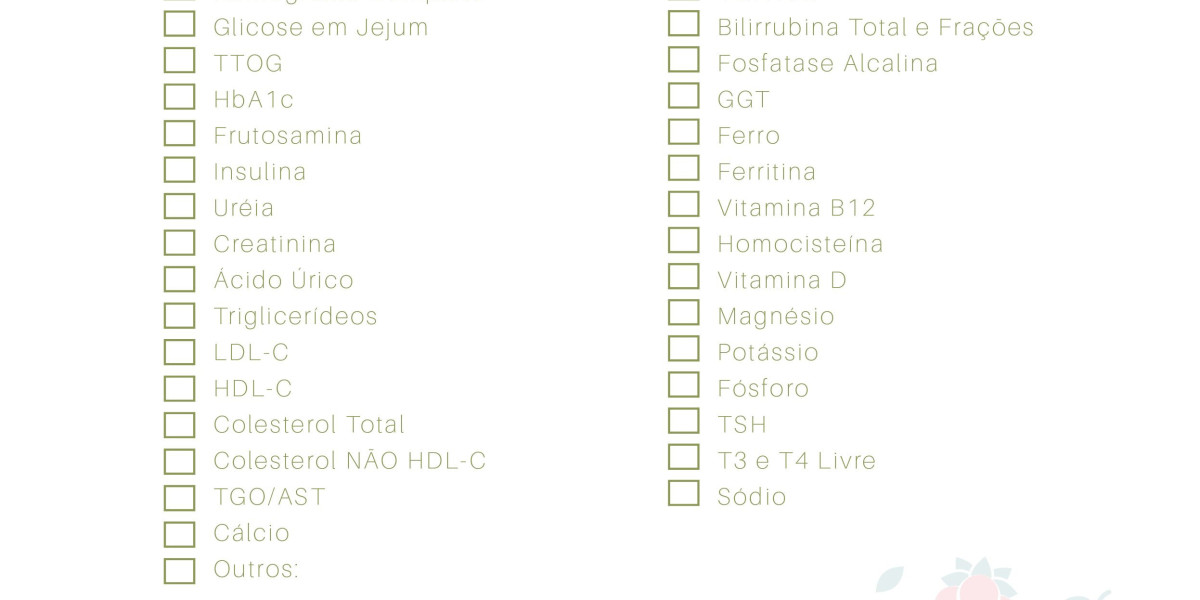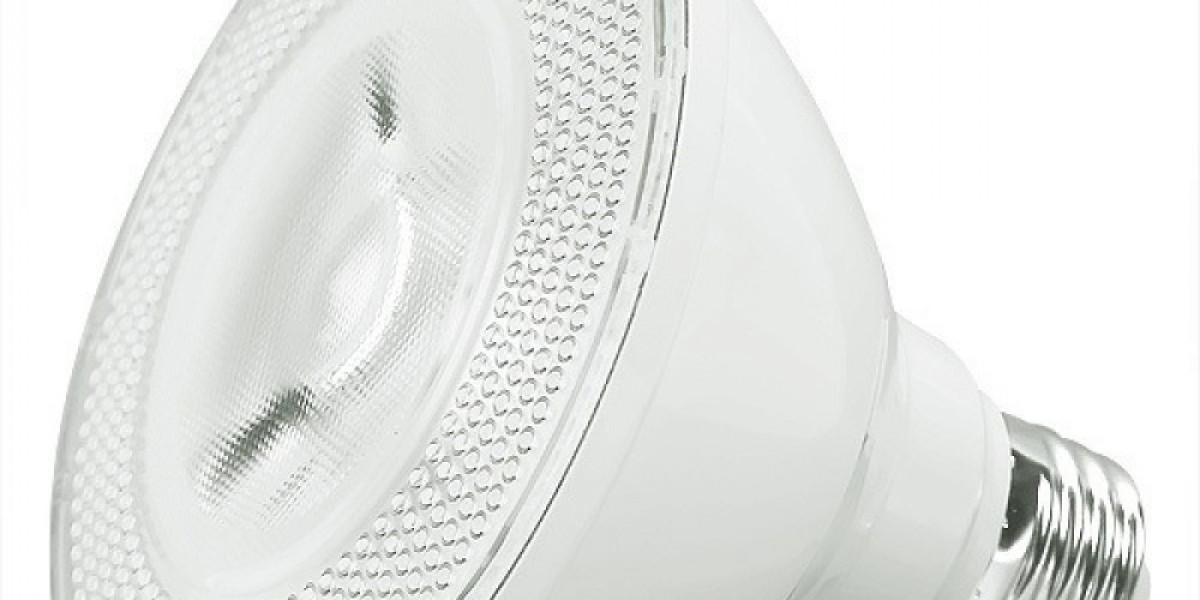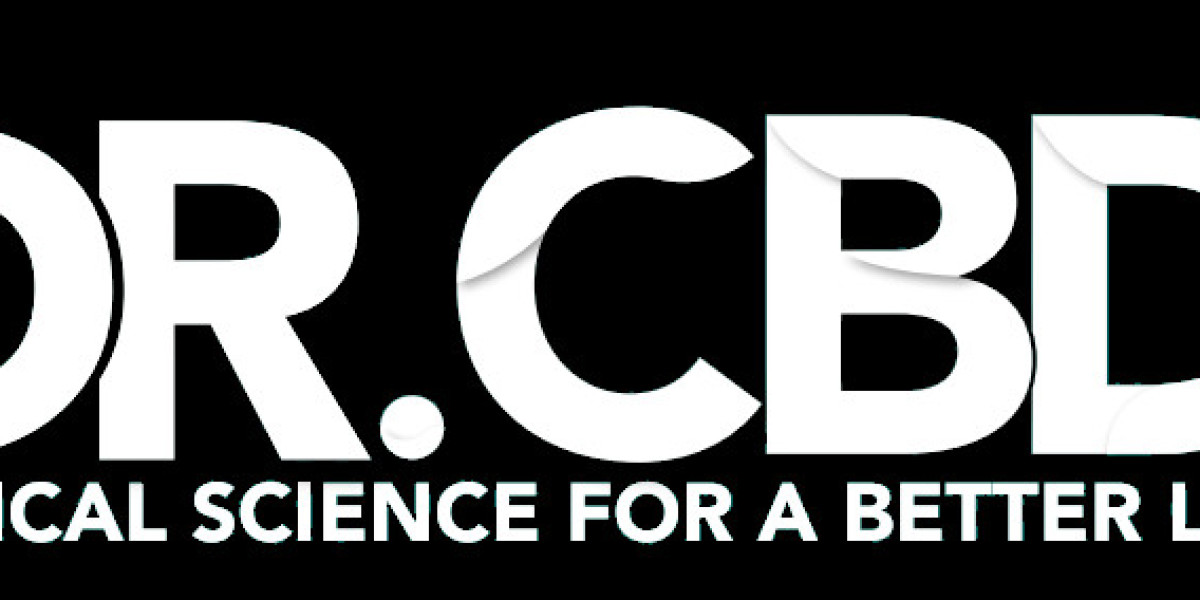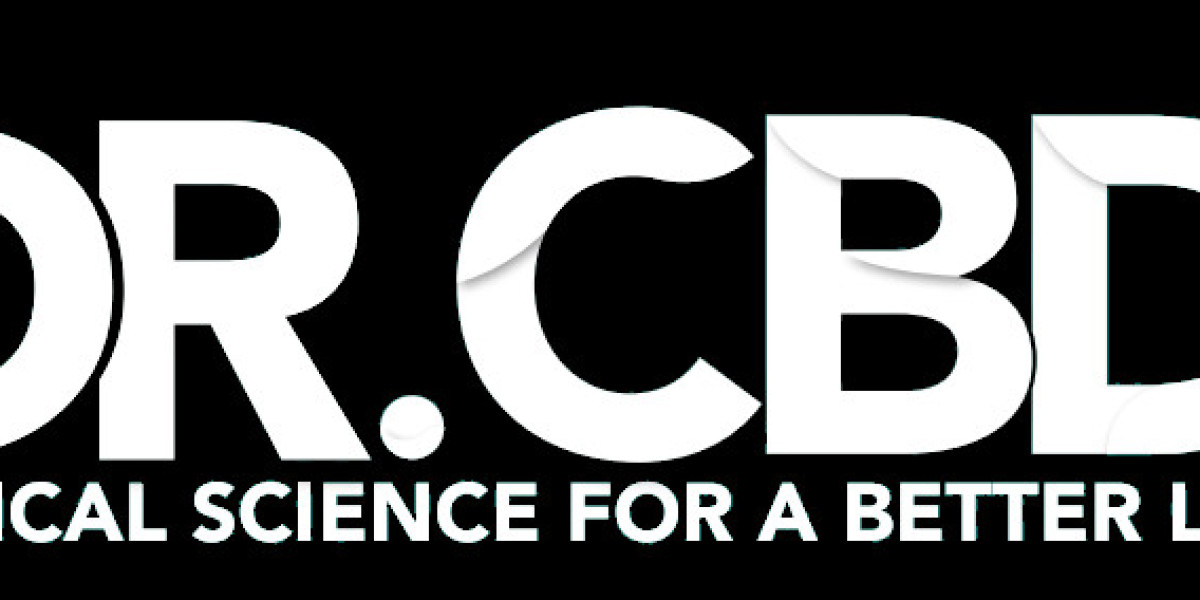En el caso de que sufra una patología hepática, tu perro deberá tener precaución con las proteínas ingeridas. Los problemas hepáticos pueden ser bastante delicados y requieren de un manejo adecuado para eludir complicaciones. Por poner un ejemplo, los alimentos ricos en grasas tienen la posibilidad Laboratorio de Microbiologia veterinaria causar un aumento en la producción de lípidos dañinos en el hígado, lo que puede llevar a una mayor inflamación y daño celular. La dieta adecuada para un perro con una patología hepática debe tener un bajo contenido de grasas saturadas y alta proporción de ácidos grasos esenciales como el omega 3. Las enfermedades hepáticas complican la absorción laboratorio de microbiologia veterinaria exactamente las mismas, por lo deben ser de alta definición. Además, las proteínas de mala calidad tienen la posibilidad de generar una acumulación de amoníaco en el cuerpo del perro, lo cual es tóxico para el hígado.
However, if you want to feed your canine watermelon, attempt to take out all the seeds as a end result of they will trigger intestinal blockage. Try the one I've mentioned under, and you may also strive Samantha's liver illness recipe. On the opposite hand, carbohydrates are necessary in all instances as a result of they might help help your dog’s digestion since they are wealthy in fiber. You'll want to feed your dog several occasions every single day, not only one or two meals. There is not any clear evidence to show a method or one other in the meanwhile, however sure dog food manufacturers could also be better than others. Just add 1 tablespoon of coconut oil day by day to your dog’s food regimen, and use virgin or unrefined coconut oil.
The body tightly controls the levels of calcium and phosphorus using parathyroid hormone and calcitriol (Vitamin D). inflammatory situations or cancer, etc.). AML (amylase) is an enzyme that will point out an infection or irritation of the pancreas (pancreatitis) in canines.
Multinucleated Cells:
Although not as commonly observed, agglutatination of RBCs on a blood smear can be evidence of immune-mediated hemolytic anemia. Alternatively, excessive platelets numbers may point to a quantity of issues (e.g. Decreased ranges typically signal hypothyroidism in canines, whereas excessive ranges point out hyperthyroidism in cats. Some individuals use the term "pre-regenerative" to describe the state of affairs when reticulocytes and different indicators of regeneration are not seen in the blood, but there has not been sufficient time for them to appear. Polychromasia refers to the gentle blue color of immature RBCs (caused by residual RNA). A excessive share of polychromatophilic cells (reticulocytes) may lead to an increased MCV and decreased MCH or MCHC.
Individual Tests
The guide methodology utilized 20 separate dilutions (Unopette , Becton Dickinson Co., Franklin Lakes, NJ), followed by the counting of all platelets in 1/25 µL of 1/100 diluted blood in a hemacytometer chamber. A Cell-Dyn 3500 (Abbott Laboratories, North Chicago, IL) calibrated for canine blood was used to perform the automated cell counts. Polychromasia is an important indicator of responsiveness to anemia, and may be additional quantitated by counting reticulocytes. Or, as another example, canine who're on trilostane for canines to deal with Cushing’s illness will need periodic blood work. The imply and coefficient of variation (CV) for the guide counts were 240 × 103/µL and 13% respectively. This helps make certain that the medication is preserving their Cushing’s disease under management. Individual plots of total leukocyte counts carried out 20 instances every using a manual methodology and an automated method on the same canine blood sample. The mean and CV for the automated counts had been 219 × 103/µL and 4% respectively.
Serum TLI concentrations can be measured by species-specific assays that have been developed and validated for both canines and cats. In healthy animals, serum TLI is low, but throughout pancreatitis an elevated quantity of trypsinogen leaks into the vascular house, which might result in an increase in serum TLI focus. Trypsin that has been prematurely activated may also contribute to this increase.
Available tests interpreted by the clinical pathology laboratory
The standard stains are haematoxylin and eosin, but many others particular stains exist which can further assist the diagnosis of fungal, bacterial and other potential infectious agents. The inexperienced clinician often focuses so onerous on a single signal or a chunk of historic knowledge that the clinician "loses the forest for the trees." These similar "trainees" in medication are pissed off when a cow has two or extra concurrent ailments. However, trypsin, if present within the serum, can be detected by these assays. In such conditions, the indicators fail to add as a lot as a textbook description of either illness, and the examiner becomes frustrated. The use of haematoxylin and eosin-stained slides to supply particular diagnoses primarily based on morphology is considered to be the core skill of anatomic pathology. The main stumbling block for neophytic clinicians remains the combination of information and indicators right into a analysis or differential prognosis.







